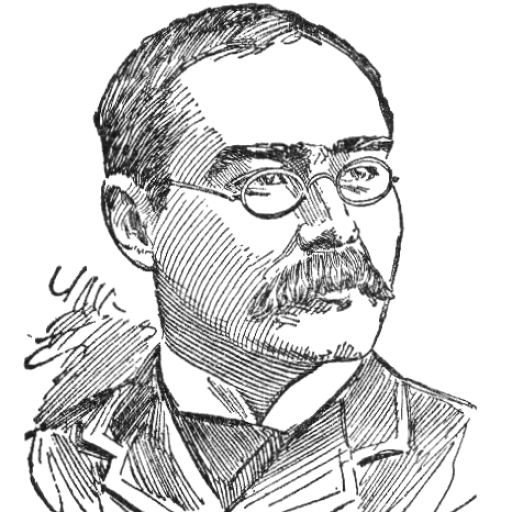And men and women loving in this world …
Kipling had an extraordinary ability to get under other people’s skins, to feel their emotions and speak through their mouths in a way which convinces you that the hero of the poem or story must have felt like that – even when Kipling’s own convictions were very different.
Kipling borrowed from Robert Browning the technique of dramatic monologue, in which a person tells his life story. In particular, ‘The Mary Gloster’ and ‘McAndrew’s Hymn’ – although they are extremely unlike Browning’s in style – resemble Robert Browning’s greatest dramatic monologues, such as ‘The Bishop Orders his Tomb’, ‘My Last Duchess’ and ‘Fra Lippo Lippi’. As with Browning, the monologue is not merely a soliloquy about life, but a speech directed at a silent listener.

